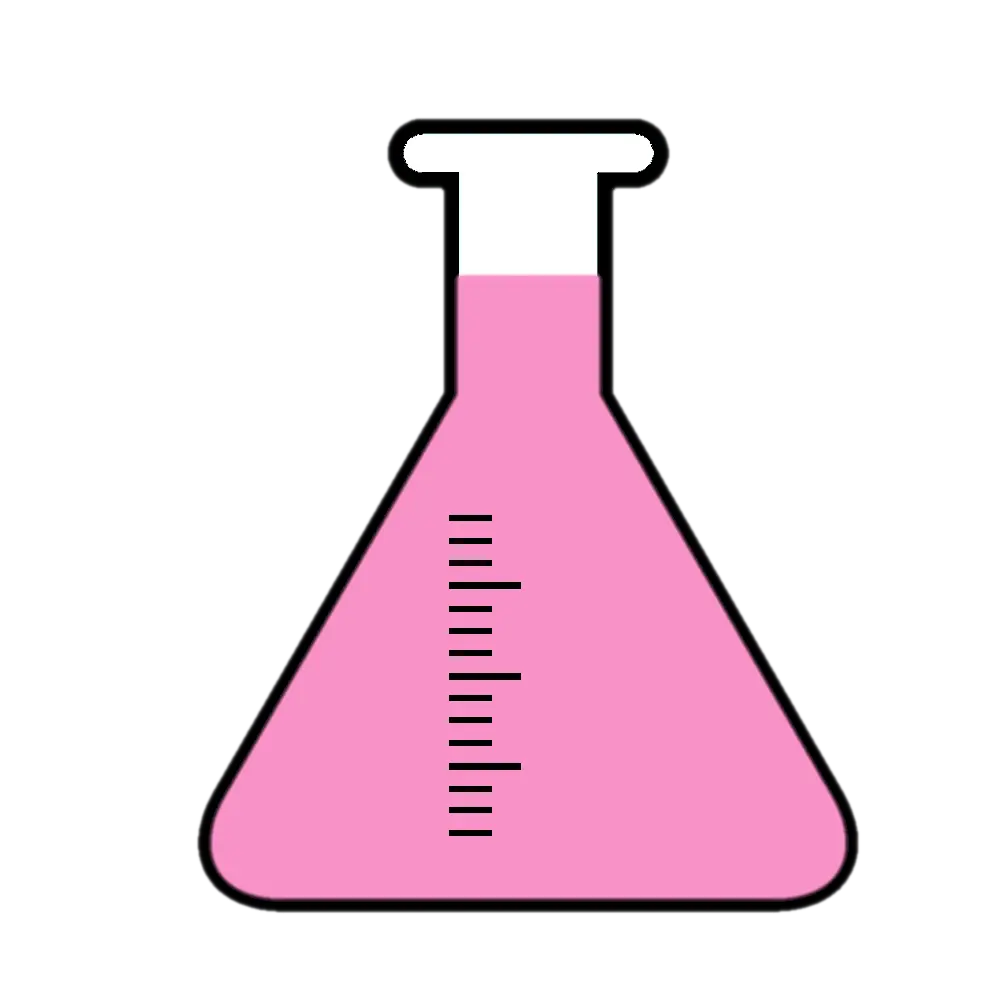- cross-posted to:
- science@beehaw.org
- cross-posted to:
- science@beehaw.org
The inverse vaccine, described in Nature Biomedical Engineering, takes advantage of how the liver naturally marks molecules from broken-down cells with “do not attack” flags to prevent autoimmune reactions to cells that die by natural processes.
PME researchers coupled an antigen — a molecule being attacked by the immune system— with a molecule resembling a fragment of an aged cell that the liver would recognize as friend, rather than foe. The team showed how the vaccine could successfully stop the autoimmune reaction associated with a multiple-sclerosis-like disease.
The process had been known for a while, but researchers got considerably better at recreating it artificially. :) The potential of this method for treating acquired autoimmunity and allergies looks big, to say the least. It is less likely to help against translplant rejection.
Hubbell and his colleagues knew that the body has a mechanism for ensuring that immune reactions don’t occur in response to every damaged cell in the body — a phenomenon known as peripheral immune tolerance, which is carried out in the liver. They discovered in recent years that tagging molecules with a sugar known as N-acetylgalactosamine (pGal) could mimic this process, sending the molecules to the liver where tolerance to them develops.
This is great news, not just because it could end MS, diabetes, and arthritis, but it could also end the use of immunosuppressants typically used to manage these diseases. People using these treatments are much more susceptible to coronavirus and what ever new mutation or pandemic is coming down the line.
It could significantly reduce the susceptibility of disease of the entire human race. This is Nobel Prize level stuff.
What is even better, they are doing stage 1 (safety only, not efficacy) trials in humans already. I hope it doesn’t get stuck in the testing pipeline but comes out of the other end. :)


